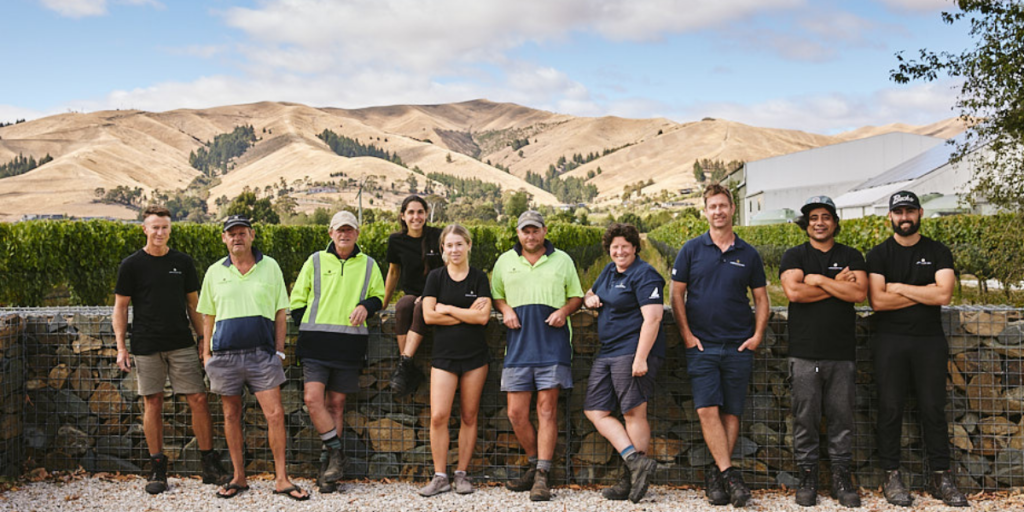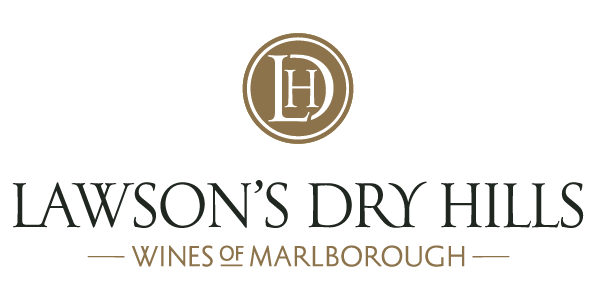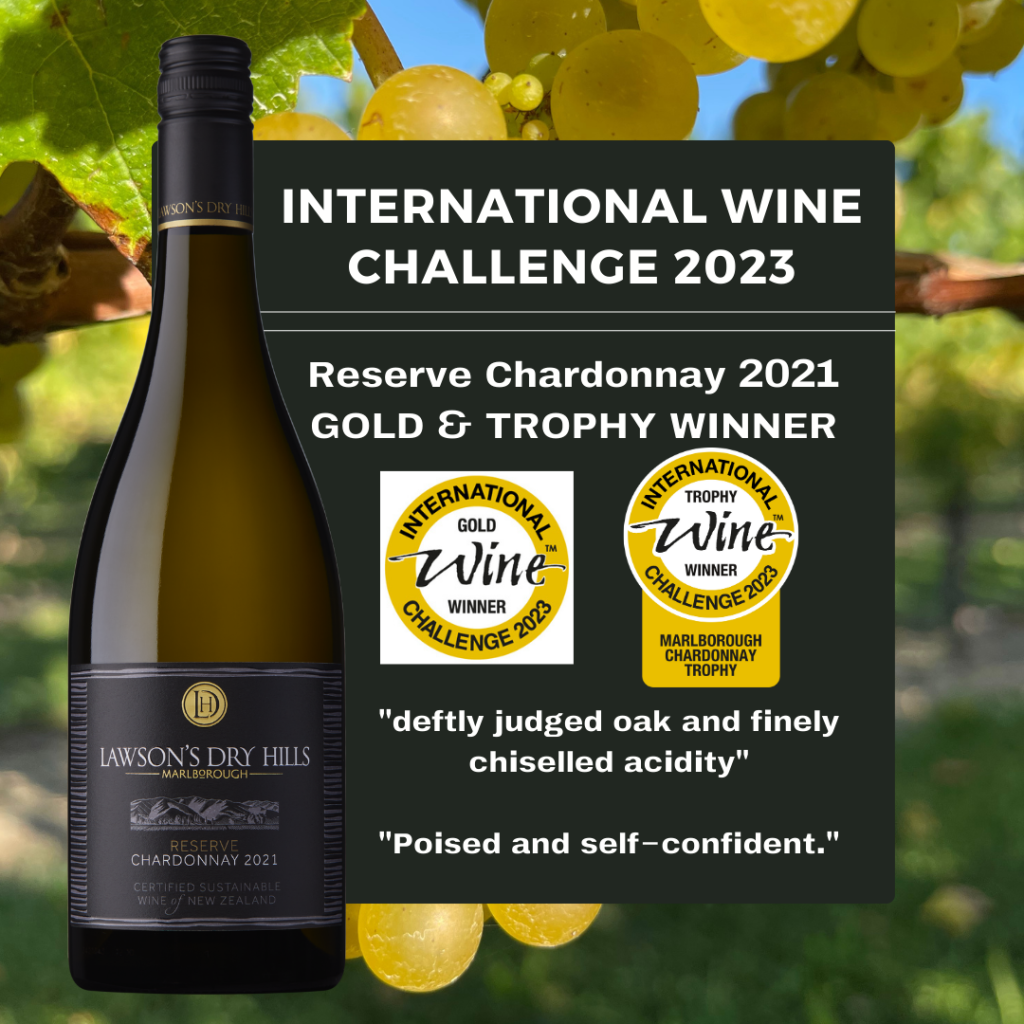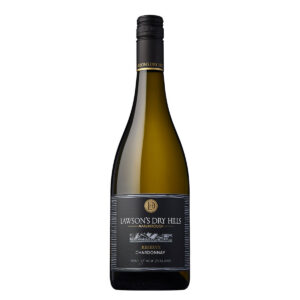What goes into a bottle of wine? The numbers may surprise you!
Have you ever thought about what goes into every bottle of wine you buy?
Probably not, so we thought we’d crunch a few numbers for you. We all know that wine is made from grapes, but did you know it takes 600 – 800 individual grapes to make a single bottle? A typical Sauvignon Blanc vine in Marlborough is pruned to four fruiting canes and produces about 60 bunches of grapes (although Lawson’s Dry Hills Sauvignon Blanc is only grown on two or three canes which produce about 45 bunches). A Pinot Noir vine on the other hand, is usually pruned differently and produces fewer bunches, which partially explains why a good Pinot Noir is more expensive.
Marlborough is responsible for 77% of New Zealand’s wine production, with 20,000 hectares planted in Sauvignon Blanc. In a typical Marlborough vineyard, 2,200 Sauvignon Blanc vines are planted per hectare and the yield can be up to 25 tonnes of grapes, although this is quite high and mainly applies to bulk producers. The majority of wineries producing top quality Sauvignon Blanc under their estate name would average closer to 12-15 tonnes per hectare, or less. In the Loire Valley, home to Sancerre, that other great Sauvignon Blanc region, has a minimum planting density of 6,100 vines per hectare. However, these are much more closely planted, are not irrigated and have much lower yields. One tonne of Marlborough Sauvignon Blanc produces about 740 litres of juice resulting in about 80 cases (12 x 750ml).
Vineyards in Marlborough can sell for $300,000 plus per hectare. Yet a study commissioned by Wine Marlborough in 2019 revealed that land was fast running out, and that by 2025 there may be no additional land left for planting vineyards (some say we’ve hit that already).
Grapes are just the beginning; many wines are fermented or matured in 224 litre, French oak barrels, which cost $1,450 – $1,500 each. With about 300 bottles in each barrel, that’s $5 per bottle – just for the oak! Most barrels are used for several seasons reducing that cost, however top reds and Chardonnays usually have a portion of new oak.
And there’s more! Excise tax alone is $2.21 a bottle and then there’s the bottle, label and cap adding up to about another $1.20. Oh and GST…
So if you’re buying a cheap bottle of wine, say $10-$12, you’re paying a much higher percentage for the packaging and tax, plus there’s the retailer margin, so not much left for the wine itself. Conclusion? Spending just a few dollars extra can give you a lot more quality in your glass.
So next time you open a wine, raise a glass to the viticulturists, vineyard workers, winemakers, cellarhands, service providers, warehouse workers, truck drivers, marketers, salespeople, distributors and retailers, all of whose efforts are squeezed into the bottle! Cheers!
